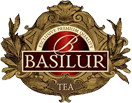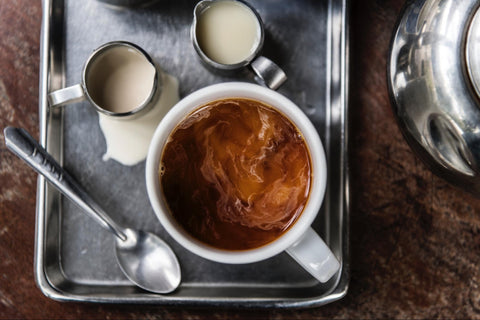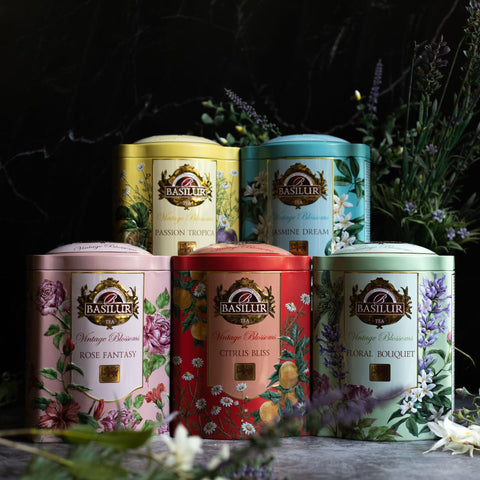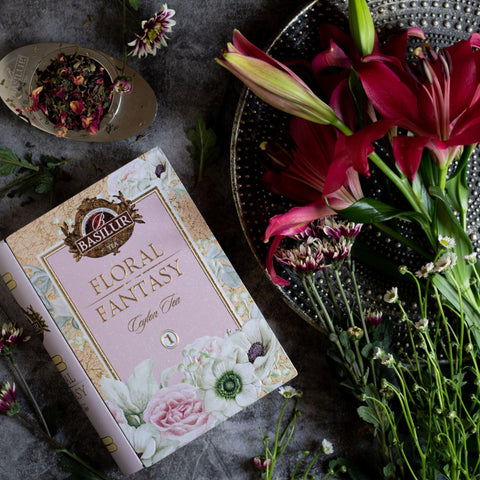Depending on which part of the world you are from or your personal palette, adding milk to your tea will be a different experience for you. For regular tea drinkers in Sri Lanka, India, Malaysia and Thailand, adding milk to tea is an essential task. It is such a strong part of the tea cultures of these countries that many signature teas from these countries such as India’s Masala Chai or Thai tea, highlight milk. However, some tea purists might disagree with the practice of adding milk to tea. So, we thought of exploring this debate.
History of adding milk to tea
It’s a common misconception that the British started adding milk to tea. However, in reality, records show that Tibetans started the practice of adding milk to tea around 781. This could have had a significant influence on milk becoming an integral part of tea in India with Masala Chai.
Some teas around the world made with milk:
Latte Tea: Any type of tea served with frothed milk. It can be served both sweetened or unsweetened.
Bubble Tea: A variant of milk tea from Taiwan served with tapioca pearls, usually served cold and sweetened.
Teh Tarik: This popular tea from South East Asia translates to “pulled tea”. It’s made with black tea and condensed milk and is poured back and forth between two cups or containers until it reaches a frothy texture.
Masala Chai: An Indian tea made by boiling milk, black tea and spices together in a pot.
Hong Kong Style: Strong black tea mixed with condensed or evaporated milk that is usually served hot.

Why is milk added to tea?
The reason as to why people add milk to tea varies from taste to health benefits to the quality of the tea.
The tea that reached Western Europe during the 17th and 18th century were not in optimum quality due to long sea voyages and improper storage, making them unpalatable. So, adding milk was a way of masking the flat flavour of sub-par quality tea. Another theory about why milk was added to tea during this time is related to the porcelain cups that were used during this time. These cups tended to be fragile. So, adding hot tea to these cups would often cause them to crack or break. Tea drinkers came up with a creative solution for this by adding a bit of cold milk to the cup before pouring hot tea, which helped to bring down the temperature of the tea which helped to protect the porcelain cups.
As mentioned before, the health benefits of milk were also a major reason behind adding milk to tea. For instance, Tibetans add milk to tea in order to stave off hunger. This was also why working-class Brits commonly drank milk tea during the industrial revolution when food was scarce.

Which teas are good for milk?
When choosing teas that will go better with milk, it’s important to look at the level of tannins in the tea. Teas with high levels of tannins such as black tea pair better with milk and smooth out the flavour. Any bold black tea generally pairs well with milk. Especially black teas from Assam, Ceylon and Kenya.




Comments (0)
There are no comments for this article. Be the first one to leave a message!